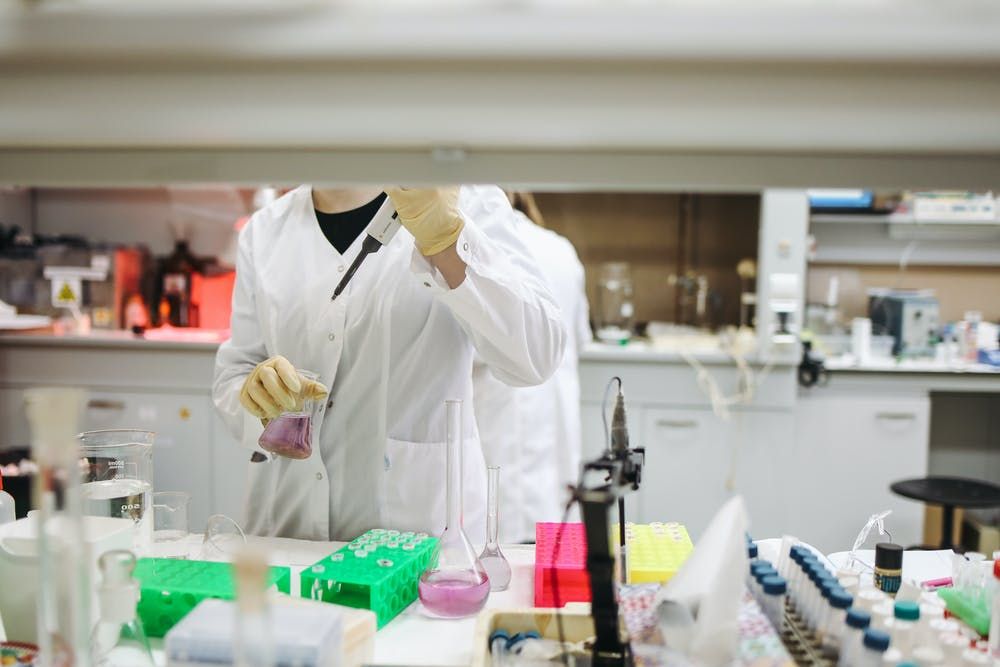Can Surfaces be Designed to Help Mitigate COVID-19 Spread?
A surface with an optimal combination of wettability and physical texture can help reduce viral transmission.

A recent study conducted by investigators from the Indian Institute of Technology Bombay, in collaboration with the American Institute of Physics, have discovered that optimally designed surfaces can make a viral load decay more rapidly, making a virus, like SARS-CoV-2, less likely to spread to other people.
Results from the study were published in the journal Physics of Fluids.
"Our present work demonstrates that designing anti-COVID-19 surfaces is possible," Janini Murallidharan, a co-author on the study said. "We also propose a design methodology and provide parameters needed to engineer surfaces with the shortest virus survival times."
It is well known that when respiratory droplets from someone who is infected with COVID-19 land on a surface, they are capable of spreading to another individual, which is known as the fomite route of transmission.
The team of investigators wondered if it was possible to design surfaces which were able to reduce the survival time of the virus, making it less likely to spread.
They tested the evaporation rates of various thin residual films, and discovered that a surface's wettability, as well as its physical texture , are what determine its antiviral properties. They also found that the rate of evaporation can be accelerated by tuning surfaces' wettability and creating geometric microtextures on them.
"Continuously tailoring any one of these parameters wouldn't achieve the best results," Amit Agrawal, a co-author on the study said. "The most conductive antiviral effect lies within an optimized range of both wettability and texture.
Additional findings demonstrated that a surface with taller, more closely packed pillars and a 60 degree angle of contact have the strongest antiviral effect.
"In the future, our model can readily be extended to respiratory diseases like influenza A, which spread through fomite transmission," Rajneesh Bhardwaj, a co-author on the study said. "Since we analyzed antiviral effects by a generic model independent of the specific geometry of texture, it's possible to fabricate any geometric structures based on different fabrication techniques -- focused ion beams or chemical etching -- to achieve the same outcome."
